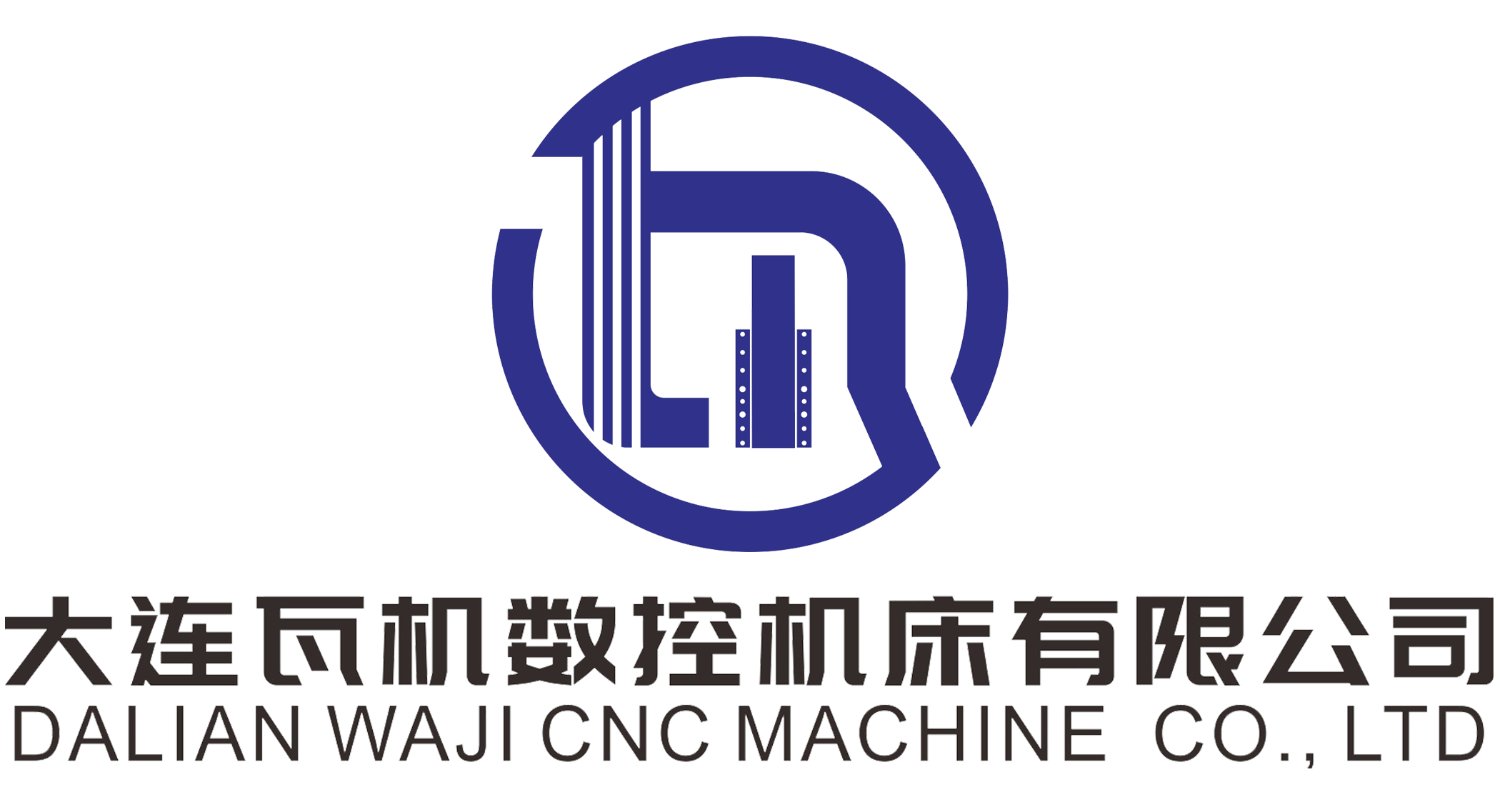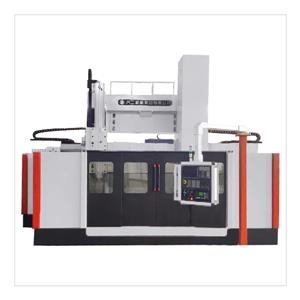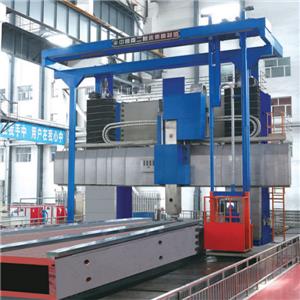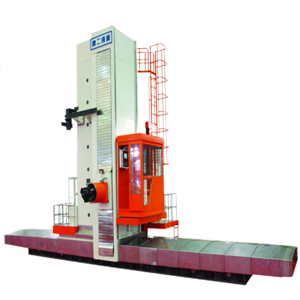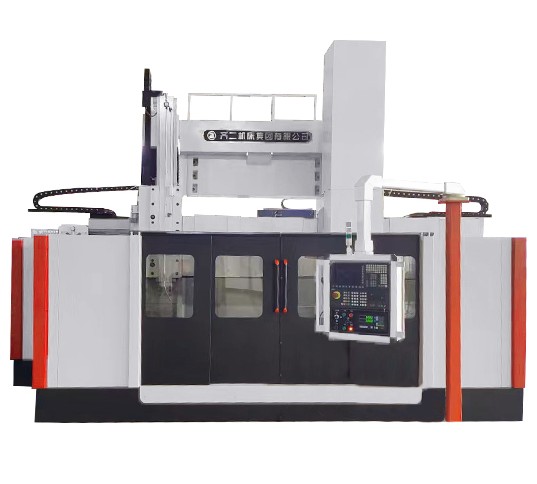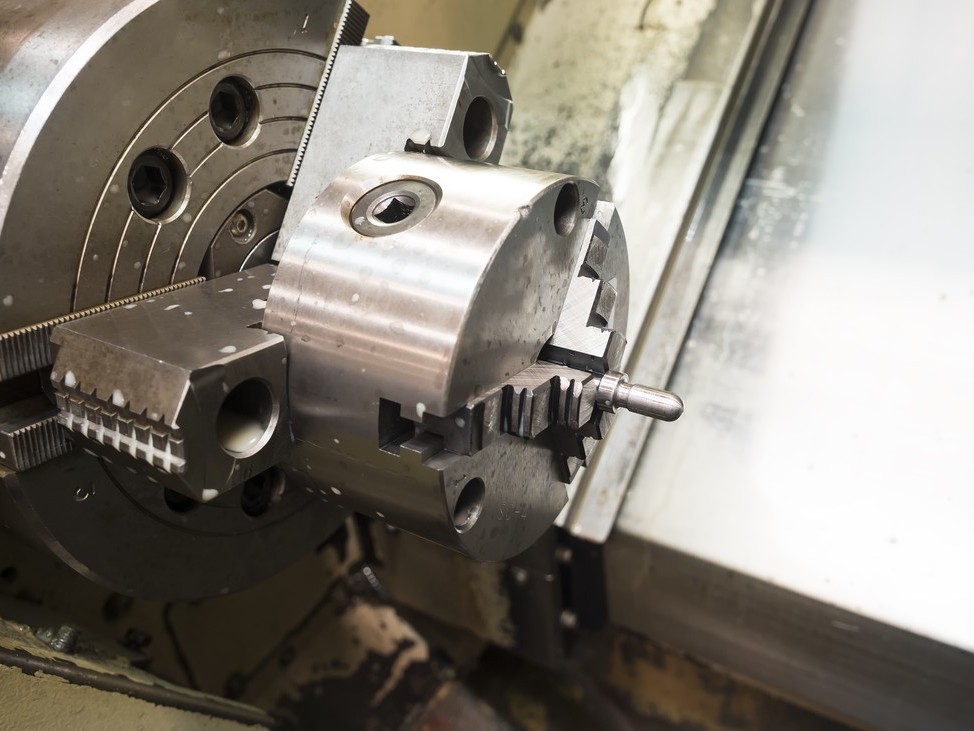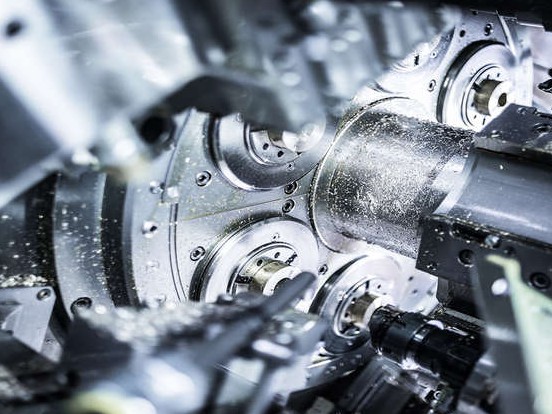Classification of daily NC lathe processing
(1) General CNC lathe processing. This kind of CNC lathe processing is the same as the traditional general lathe processing. There are CNC turning, milling, boring, drilling, grinding machine and other mechanical processing methods. The process possibility of this kind of CNC lathe processing is similar to that of the general machine tool, but the difference is that it can process complex shaped parts.
(2) CNC lathe processing. This kind of NC lathe processing is developed on the basis of general NC lathe processing. It is a kind of CNC lathe with automatic tool change device (also called multi process CNC lathe or boring milling machining center, commonly referred to as machining center), which is formed by adding a tool magazine (which can accommodate more than 10-100 tools) and automatic tool change device to the general CNC lathe. This makes CNC lathe processing more automatic and efficient.
(3) Multi coordinate CNC lathe processing. Some parts with complex shapes cannot be processed with a three coordinate CNC lathe, such as propeller, aircraft curved surface parts, etc., which require more than three coordinate synthetic motions to process the required shapes. As a result, multi coordinate CNC lathe processing has emerged, which is characterized by a large number of axes controlled by CNC devices and a complex lathe structure. The number of coordinate axes usually depends on the machining process requirements of the machined parts.
Classified according to the motion track of CNC lathe:
(1) Point control CNC lathe processing. This kind of NC device for NC lathe processing can only control the moving parts of the lathe to move accurately from one position to another, that is, only control the coordinate value of the end point of travel, and do not carry out any cutting during the moving process. As for the moving speed and route between two related points, it depends on the productivity. In order to have the highest productivity on the basis of accurate positioning, the movement between two related points first moves quickly to the new position, and then slows down 1-3 levels to make it slowly approach the positioning point to ensure its positioning accuracy.
(2) Point linear control CNC lathe processing. This kind of CNC lathe processing, not only to control the position between two related points, but also to control the movement speed and route between two related points. Its route is generally composed of straight line segments parallel to each axis. The difference between it and the point controlled NC lathe is that when the moving parts of the lathe move, they can be cut along a coordinate axis (generally, they can cut along a 45 ° oblique line, but not along a straight line with an arbitrary slope), and their auxiliary functions are more than those of the point controlled NC lathe. For example, spindle speed control, cycle feed processing, tool selection and other functions should be added.
(3) Contour control CNC lathe processing. This kind of CNC lathe processing control device can continuously control two or more coordinate axes at the same time. During processing, it is not only necessary to control the starting point and end point, but also to control the speed and position of each point in the whole processing process, so that the CNC lathe can process complex shaped parts that meet the requirements of drawings. Its auxiliary functions are also quite complete.
